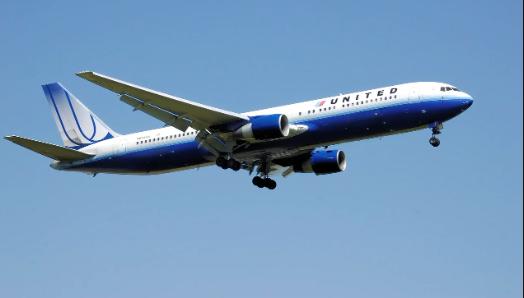People are generally poor at evaluating relative risk. They will drive long distances – something that is certainly relevant now – rather than fly, even though the risk of a fatal auto accident is much greater than that of a plane crash. They fear a flu vaccine but not the flu.
But at this time, normally logical choices are nearly impossible because the knowledge of COVID is constantly evolving. People, scientists, and doctors don't have enough knowledge about COVID to make what would normally be a trivial decision, for example; whether to throw a birthday party for their kids or if it's OK to have friends over for dinner.
For those of us who have the travel bug but can't figure out how to, or whether to travel, a new article in JAMA may provide some comfort.
"The risk of contracting coronavirus disease 2019 (COVID-19) during air travel is lower than from an office building, classroom, supermarket, or commuter train."
R. Pumbal, MD, et al, JAMA Online, October 1, 2020. doi:10.1001/jama.2020.19108
Although data are scant, Dr. Rui Pumbal and colleagues tell us that there have been only about 42 confirmed or suspected cases of COVID transmission during air travel in the entire world. By contrast, on high-speed trains in China, there have been more than 2,300 known cases (an overall rate of 0.3% among all passengers).
The Difference is Up in the Air
Air travel is relatively safe because of the configuration of airflow, as shown in Figure 1.

Figure 1. Air flows from the overhead nozzles to passengers and is then removed by outlets on the floor at the end of each row. This assures that there is little airflow from front to back on the plane. Image: JAMA
The quality of the cabin air is surprisingly good. The air that enters the plane consists of 50% air from outside and 50% air that is recycled through HEPA filters – the same filters that are used in operating rooms. According to the authors, seat backs provide a partial barrier, and people, especially when they don't move around, are facing in the same direction, which minimizes the face-to-face transmission of viral particles.
Of course, established methods of infection control (1); the use of masks, disinfection of the plane (Dr. Alex Berezow discussed the use of UV light to disinfect plane in a February article), and ensuring that people boarding the plane do not have COVID symptoms or fevers, are all part of the risk reduction that has apparently made air travel surprisingly safe.
Will I hop on a plane to Hawaii tomorrow? Probably not, but maybe I'll start looking at a few photos.
Bon Voyage.
NOTE
(1) The CDC has published guidelines for safe travel




